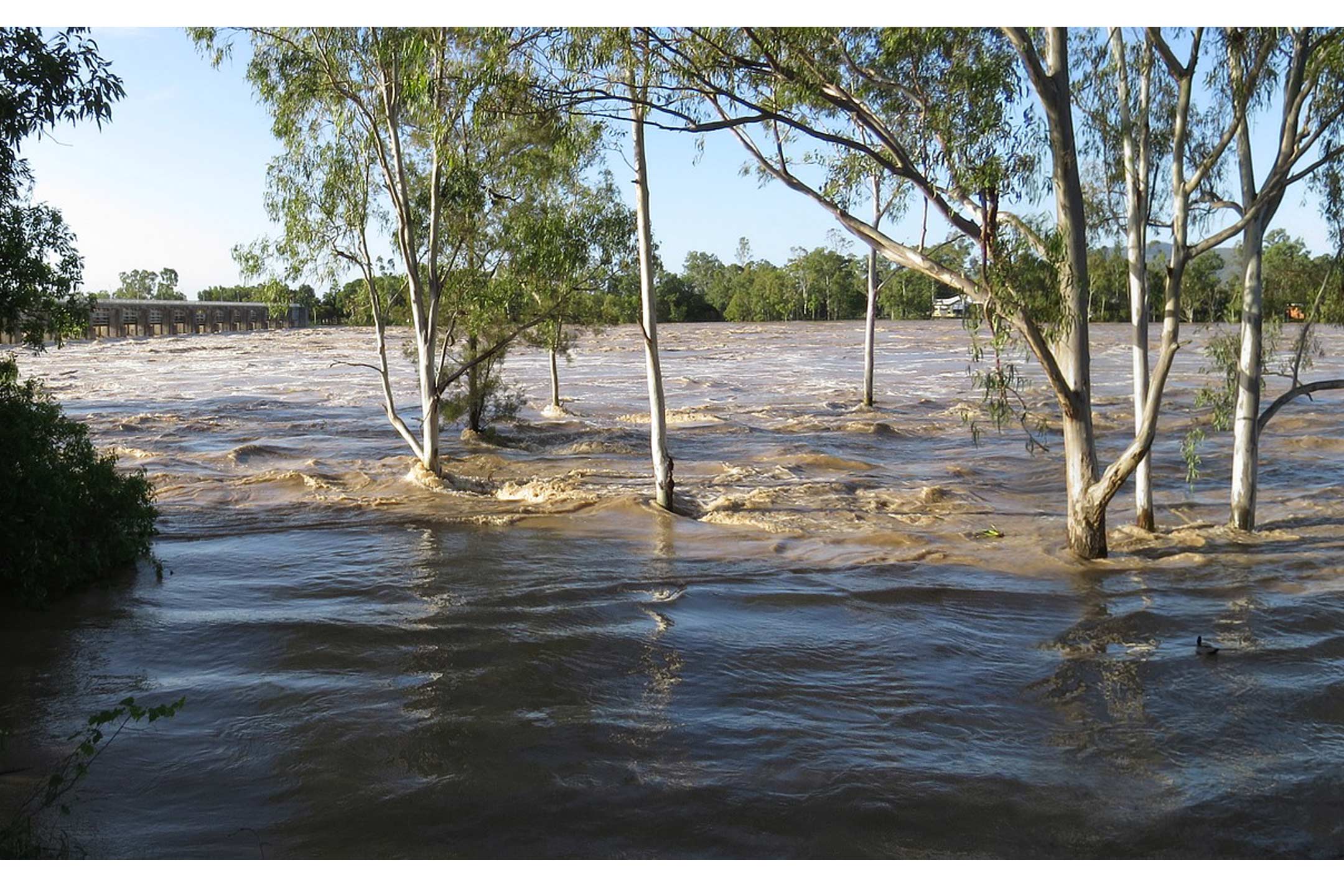
13 Oct Tips for parents of very young children to prepare for potential disasters
Floods, fires and other natural disasters can come when we least expect and the Red Cross is working to prepare parents to safeguard their children in advance.
The plight of a mother struggling to sanitise baby bottles in a bushfire evacuation centre toilet is contributing to research to ensure very young children’s needs are not overlooked in disaster preparation efforts.
“It was gastro waiting to happen,” said Red Cross emergency services volunteer Pam Halnon, who met the young mother in a Mallacoota evacuation centre in 2020 during the Black Summer bushfires.
“She was trying to clean her baby’s bottles in cold water in a shared bathroom that was simply not suited to the task – but she couldn’t see any other options,” Ms Halnon said.
 Ms Halnon, who is also a trained Australian Breastfeeding Association (ABA) counsellor, was able to swing into action to support that mother and other parents at the centre.
Ms Halnon, who is also a trained Australian Breastfeeding Association (ABA) counsellor, was able to swing into action to support that mother and other parents at the centre.
“Breast-feeding mothers were also facing difficulties. The upheaval of a disaster can make babies fussy and unsettled and mothers can interpret that as meaning that there is a problem with their milk supply—so they need support to keep breast-feeding.
“I later spoke with other Red Cross Emergency Services people, and we found there was more information advising people how to care for their pets in a disaster than there was about babies and other children under five.”
Dr Karleen Gribble is surveying caregivers and first responders to identify the disaster needs of families with young children.
“We’ve already had interesting responses showing that many parents wished that they had evacuated sooner but were delayed because they had to gather a lot of things for their children,” Dr Gribble said. “Some also delayed because of the difficulty of evacuating with small children, or avoided crowded, noisy evacuation centres because they feared they were not suitable for small children.”
Red Cross National Resilience Advisor John Richardson said everyone should consider acting now to plan ahead for possible disasters. “Take a look at our free emergency preparation resources, where you will find steps to create your own emergency plan, download the Red Cross Get Prepared App, fill in your own emergency Redi plan, learn how to help manage stress, and more.
“Those with young children should consider their specific needs. This could include having wipes, toys, nappies, blankets, comforters, a baby sling and medication available and ready to go. Those who are formula feeding need supplies so that they can feed their baby even if they don’t have access to tap water for reconstitution or washing. This means having enough baby bottles for a single use for a few days, or disposable cups for feeding.”
“Copies of important documents such as birth certificates and infant health and immunisation records should be included in your emergency kit and saved to cloud storage, along with significant photos and videos,” he said.
Dr Gribble urged people who had been affected by the 2019-20 fires while caring for children aged up to four to complete the research survey. “We also want people who supported those families during and after the fires, including first responders, to take part,” she said. “It’s only by collecting these experiences that we will be able to get better at planning for children’s needs in future disasters.”
Ms Halnon is now contributing to the Community protection for infants and young children in bushfire emergencies project. This includes the Babies and Young Children in the Black Summer Study (BiBS Study), managed by ABA Project and Research Lead, Dr Karleen Gribble, also a University of Western Sydney School of Nursing and Midwifery researcher.
This month, Australian Red Cross is asking Australians to prepare for disaster and also to support it work by donating to its Disaster Response and Recovery Fund.

